It’s important to know how to identify and treat minor accidents and injuries, but common knowledge in first aid isn’t immune to myths — most of which have circulated for decades. While some myths are harmless, others can cause further injury or otherwise make things worse. Here are some of the most common first aid myths that must be unlearned and what you should do instead.
Related: 23 Emergency Items You Should Put in Your First Aid Kit
Alcohol Rubs Reduce Fever
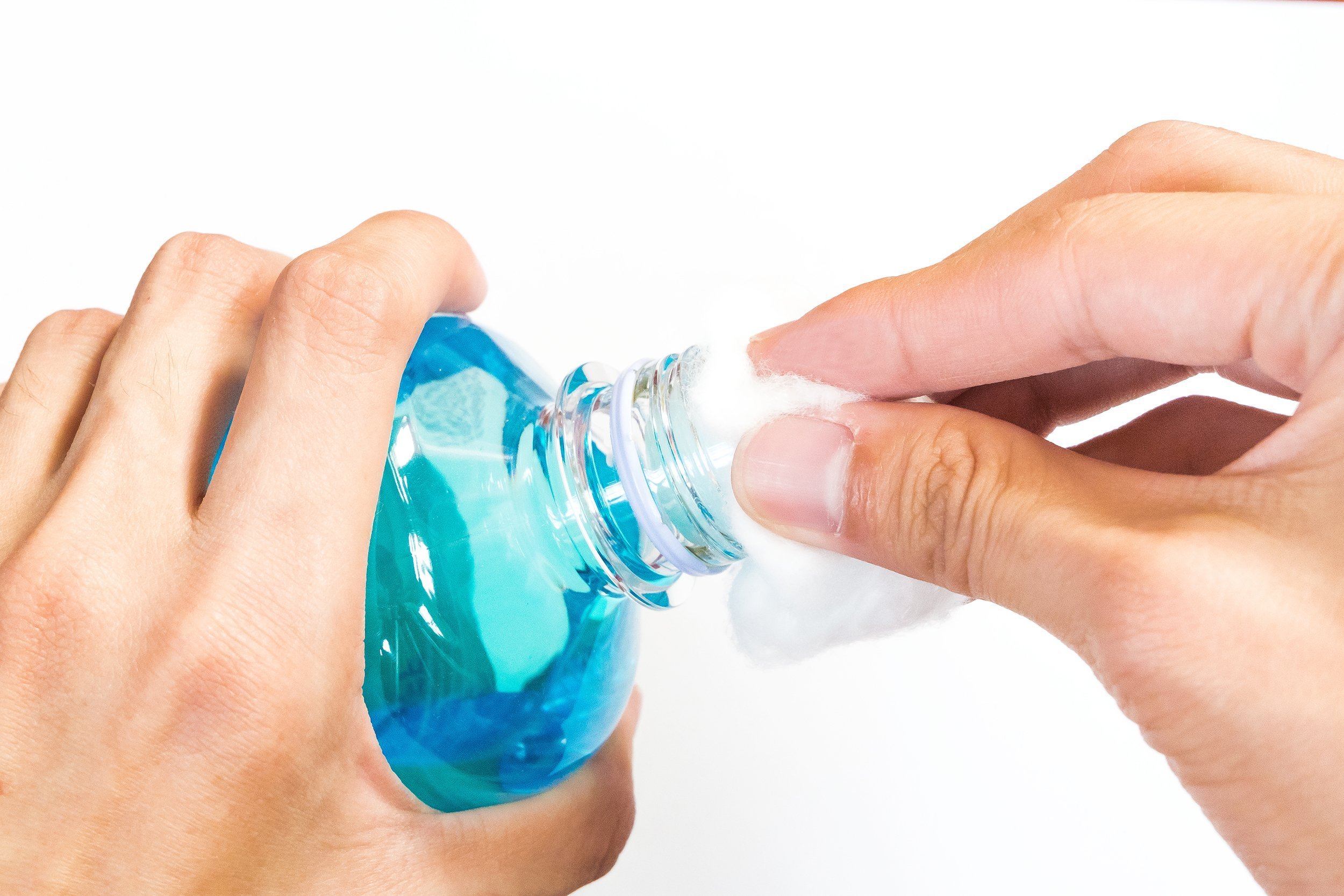
Rubbing down a person with isopropyl alcohol to bring down a fever is unlikely to be recommended today — for good reason. It can not only induce shivering, which can raise body temp even further, but lead to serious medical complications, such as a coma.
Instead: Use provider-approved over-the-counter medications, such as acetaminophen or ibuprofen.
Drink Alcohol To Prevent Hypothermia

A shot of alcohol can help keep hypothermia at bay because it makes people feel warm — at least, that’s what the old wives’ tale wants you to believe. Actually, it can worsen hypothermia because it expands blood vessels, which leads to heat loss, and can reduce the body’s ability to shiver.
Instead: Move the person gently out of the cold, remove wet clothing, and layer them with dry, warm blankets. Seek emergency medical help, depending on the severity of the situation.
Urinate on Jellyfish Stings
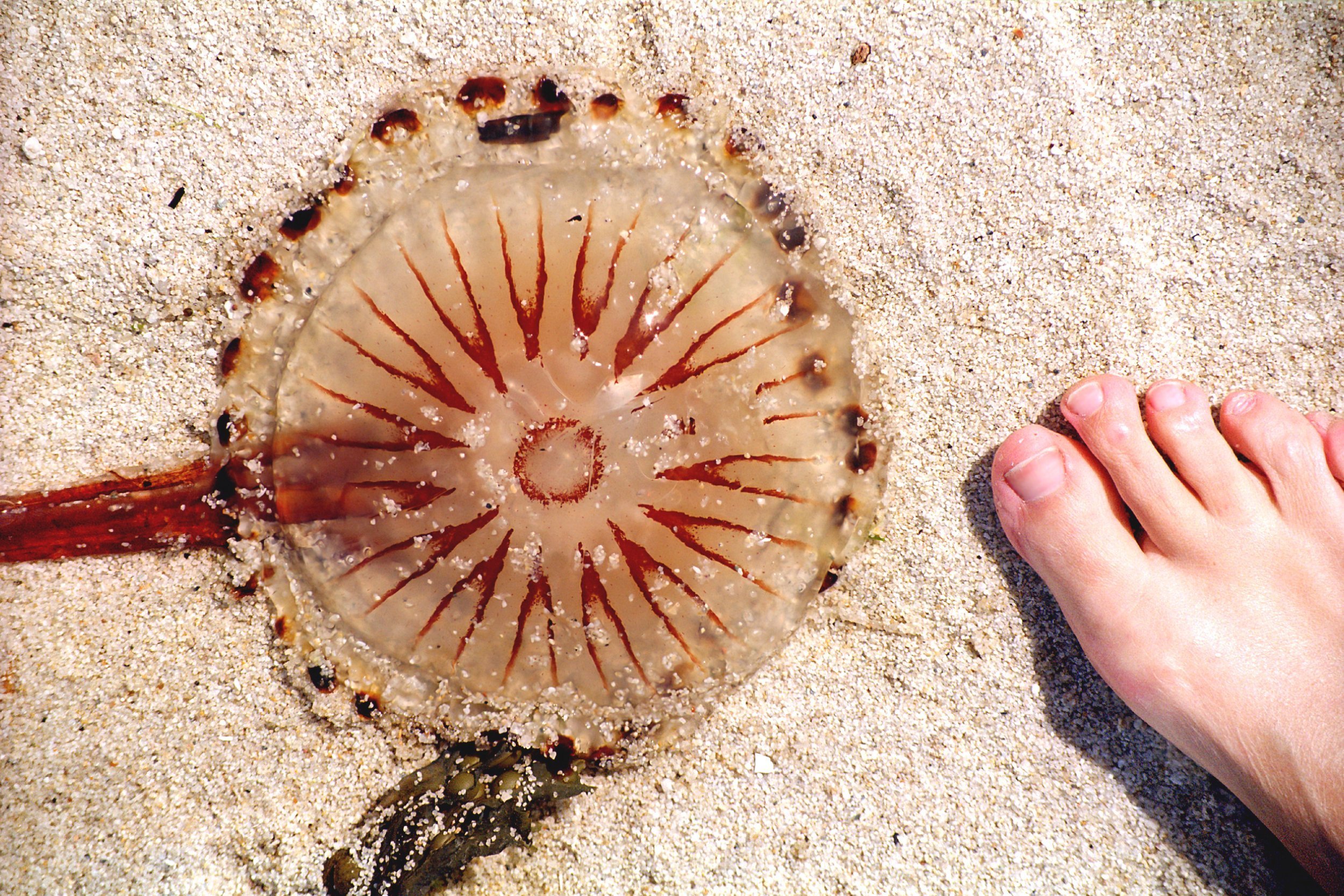
Nobody wants to be stung by a jellyfish, but people also don’t really want to urinate on a friend’s jellyfish sting. Good news: Urine is definitely not recommended as a first aid treatment for stings, despite the plot device from that episode of “Friends.”
Instead: Rinse the sting with salt water and try to remove the stinging cells by scraping them out with a credit card. If there are signs of a severe allergic reaction or the affected area covers more than half of a limb, seek immediate medical attention.
Use Butter To Soothe a Burn

Putting butter on a burn may seem like a good idea, as it should help cool the skin, but it actually worsens the situation because its oily nature slows the release of heat.
Instead: Run a burn under cool — not ice-cold — water as soon as possible to bring down the heat slowly.
Use Toothpaste To Soothe a Burn
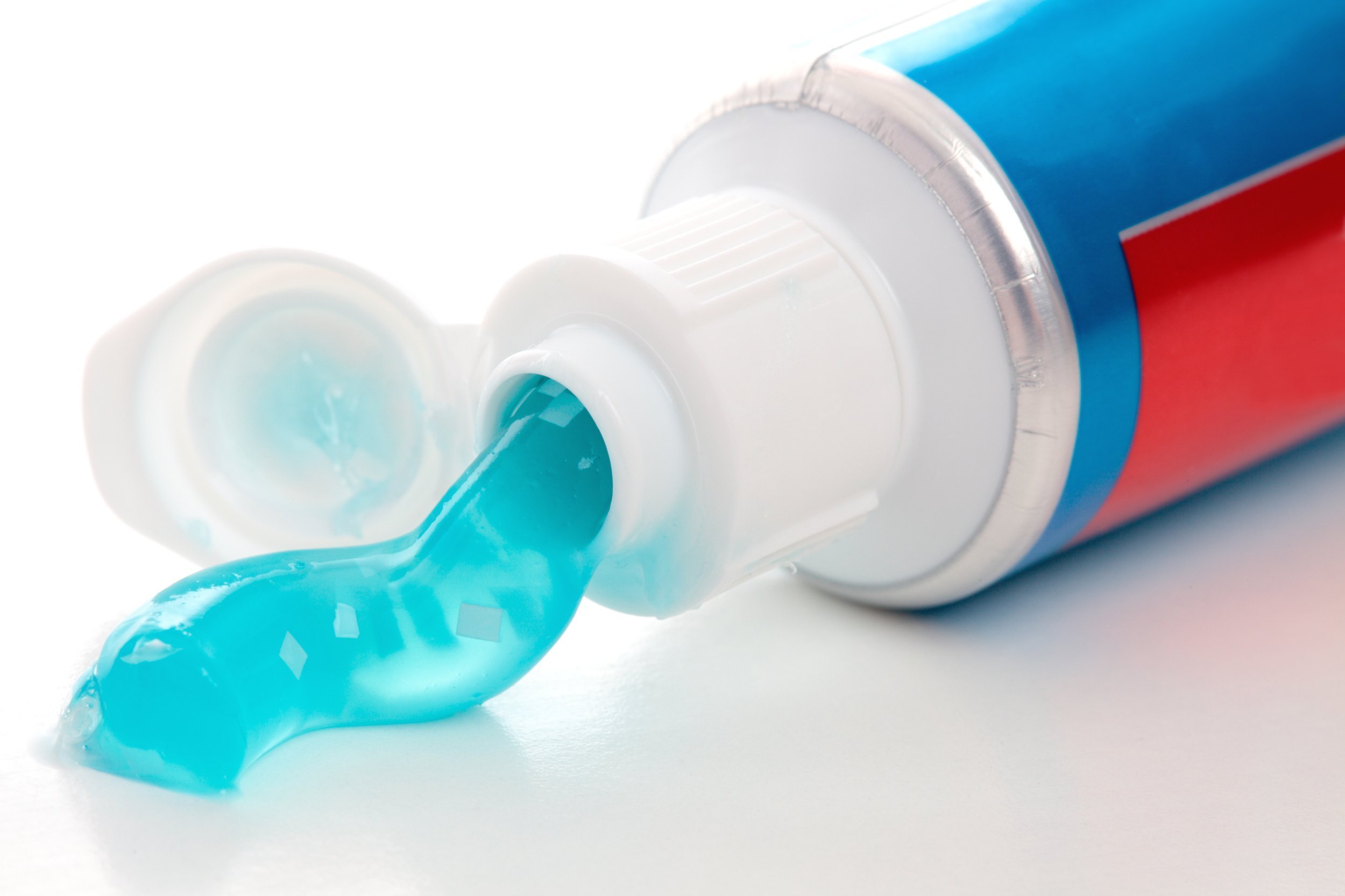
Toothpaste has chemicals that can be dangerous for a wound, and the paste can seal in the heat of a burn instead of helping the burned area cool down.
Instead: Again, use cool water over a burned area to bring the temperature down gently.
Trending on Cheapism
Lean Back To Stop a Nosebleed
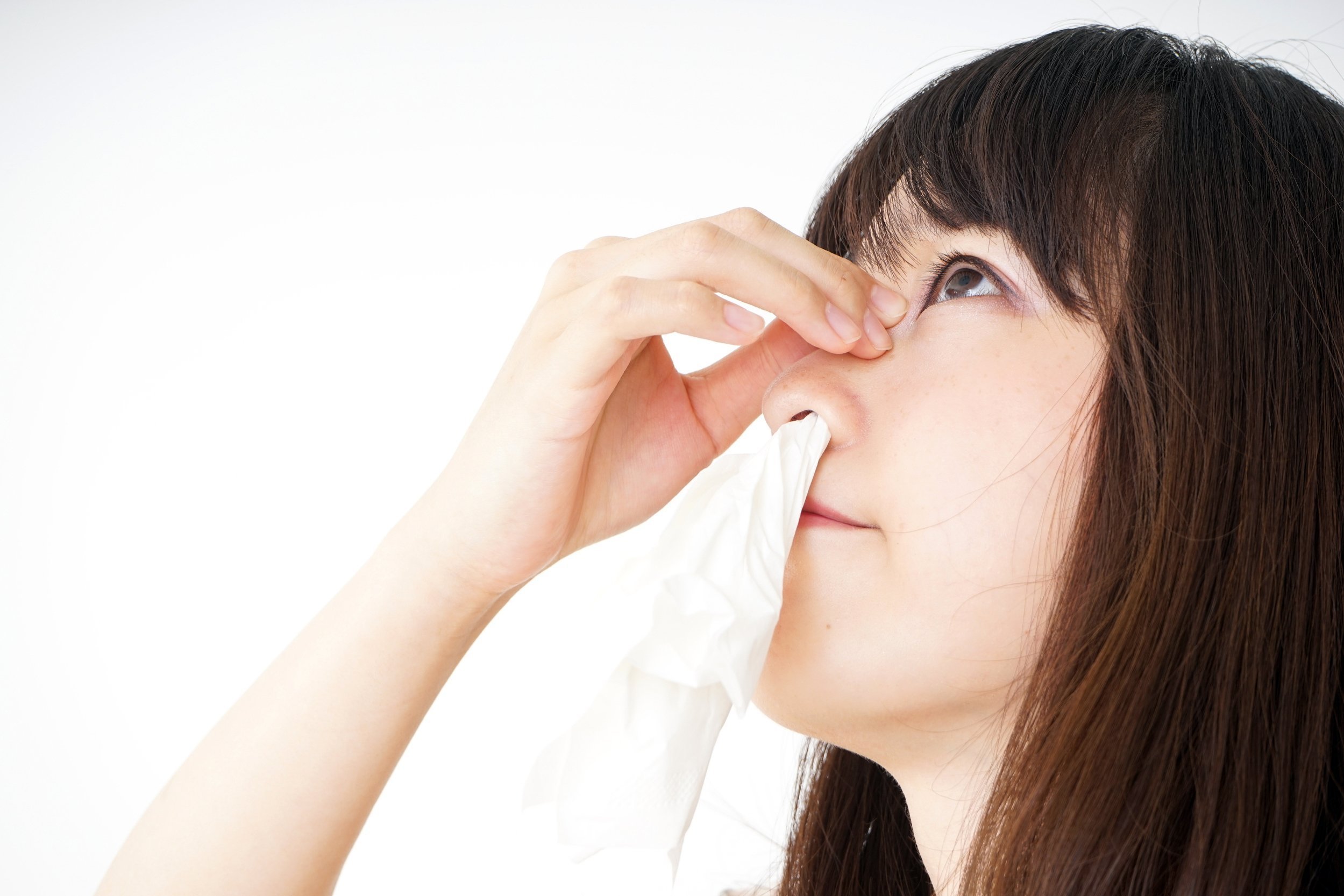
Definitely do not lean back and look up to treat a nosebleed, even if you’re pinching your nose. It can lead to blood running down the esophagus, which can accumulate in the stomach or, even worse, get inhaled.
Instead: Sit down, lean forward, and pinch the area just beneath the bridge of the nose. Do it for at least 10 minutes. If the bleeding doesn’t stop after 20, seek medical attention.
Induce Vomiting After Ingesting Poison

If household chemicals or other poisons are ingested, the natural inclination is to get it back out again immediately. But inducing vomiting can cause a host of additional problems, including serious damage to the esophagus.
Instead: Resist the urge to give syrup of ipecac or something else that induces vomiting. Contact poison control and seek immediate medical attention.
Smother, Burn, or Twist a Tick
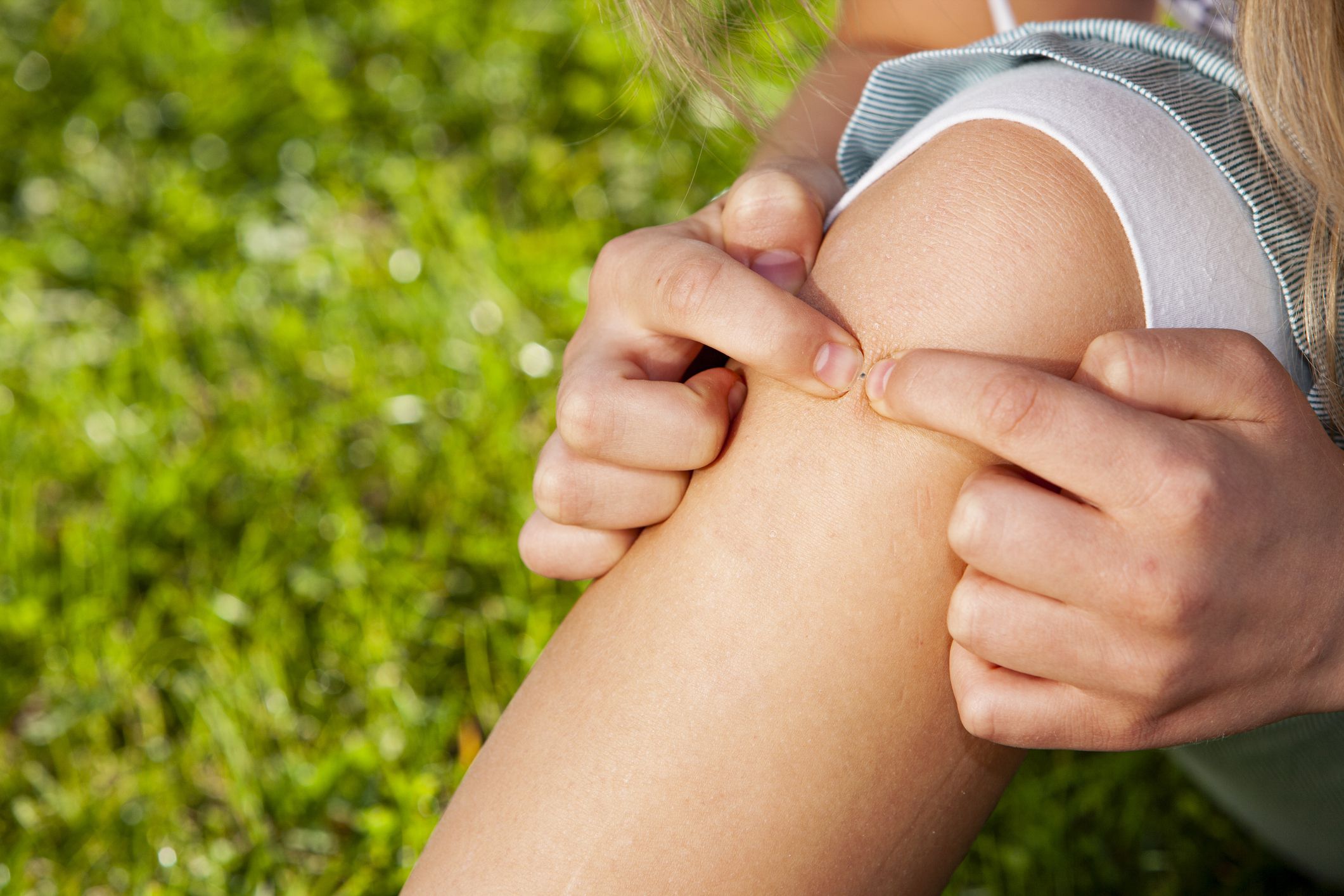
There are loads of old tales that instruct you to smother a burrowing tick with vaseline; hold a hot match to it; or twist it to get it out. All are huge no-nos and can lead to complications such as retained tick parts, or cause the tick to vomit or burrow even deeper, increasing the chances of a tick-borne illness such as Lyme disease.
Instead: Grasp the tick as close to a victim’s skin as possible with tweezers and use steady, even pressure to pull it out. Wash and dry the affected area with soap and water. Dispose of the tick by flushing it down a toilet or sealing it tightly in a plastic bag.
Sign up for our newsletter
Suck Out Snakebite Venom
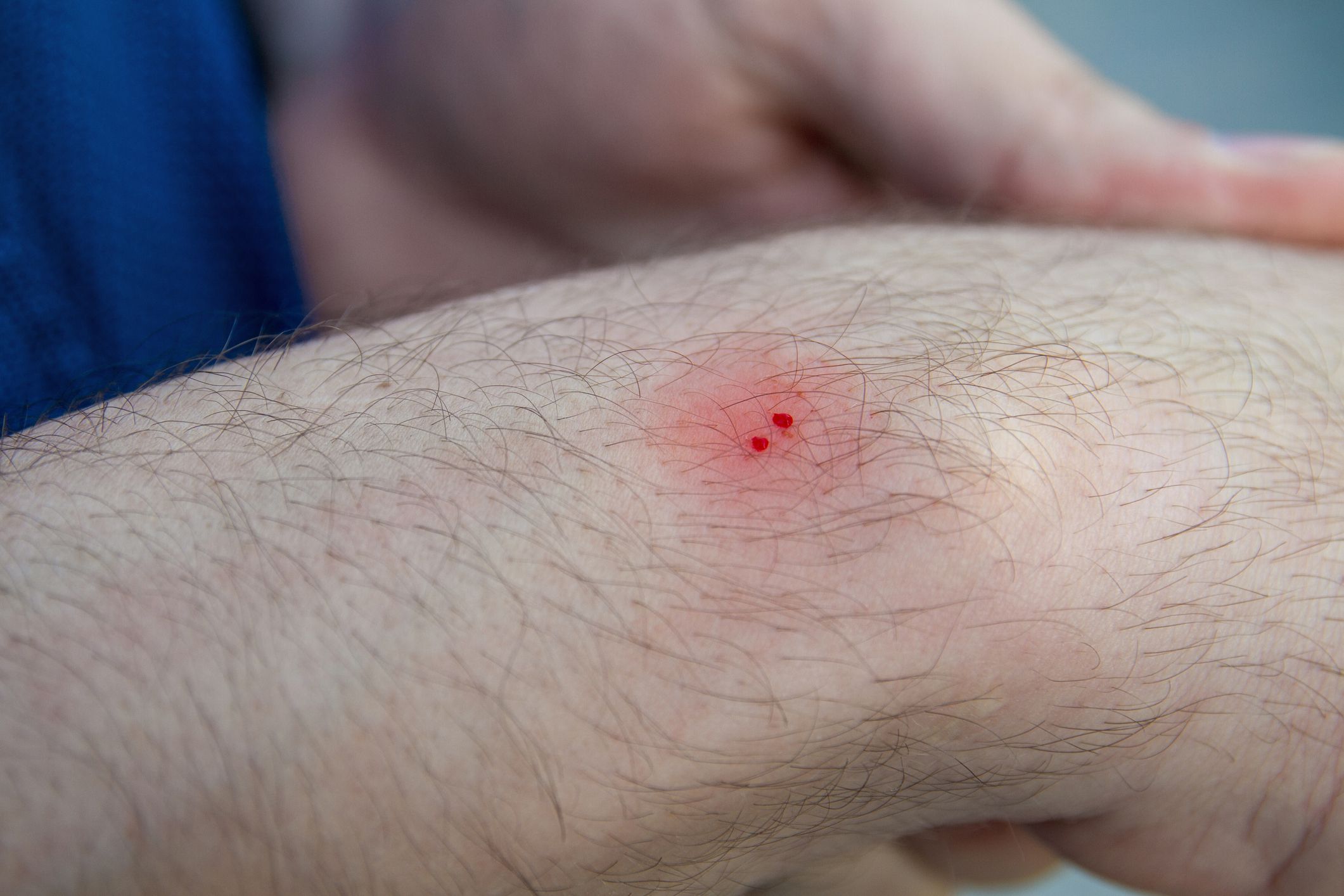
Don’t bother trying to suck out snake venom from a bite (or cutting the wound) before seeking treatment. It’s not effective, and could be dangerous.
Instead: Move a safe distance from the snake, remain calm, avoid tourniquets, and seek immediate medical attention.
Apply Heat to a Sprain
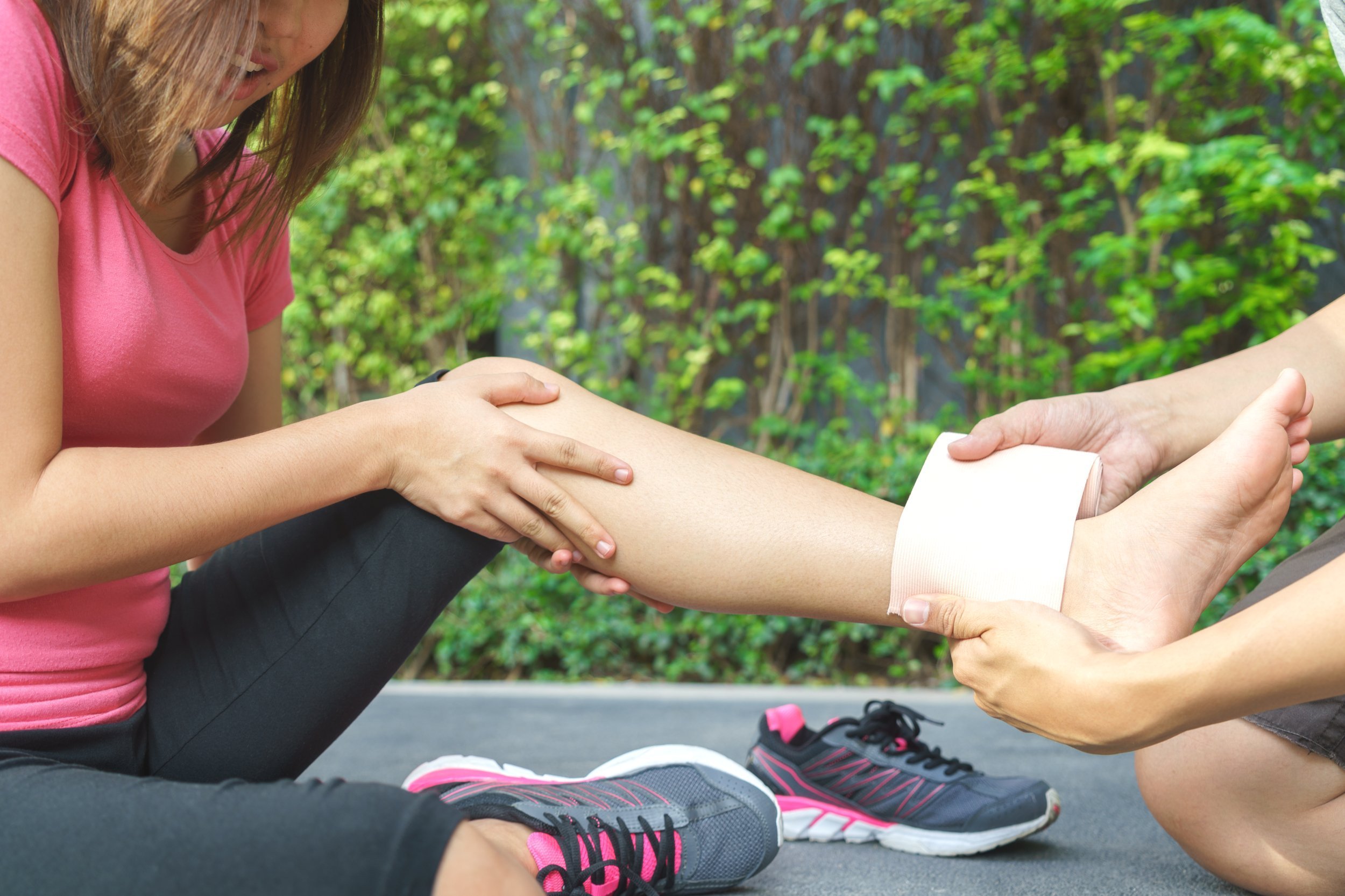
Warmth can make an injury feel better, but forget about it for a sprain. It can actually increase swelling.
Instead: Use ice on a sprain as part of the RICE treatment: Rest, Ice, Compression, and Elevation. The ice will help reduce swelling.
Breathe Into a Paper Bag for Hyperventilation

Don’t take medical advice from cartoons. Breathing into a paper bag when hyperventilating can lead to hypoxia and death. Also, not all hyperventilation results from panic attacks, and getting less oxygen can worsen a medical condition.
Instead: Try to calm the person, and get them to a medical facility to rule out serious concerns.
Pound Coffee to Sober Up

Loads of caffeine may sound like a sure-fire way to get someone sober fast, but while it may wake them up, it won’t sober them up. It will also dehydrate the drunk person even more, which can be dangerous.






